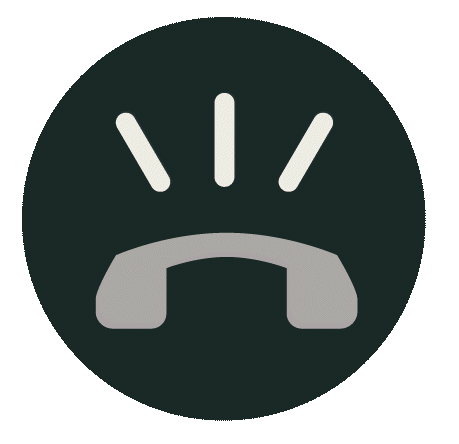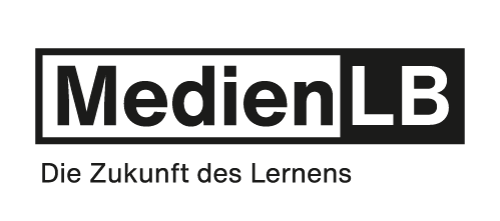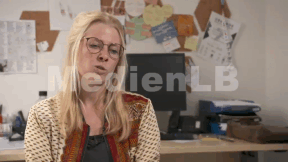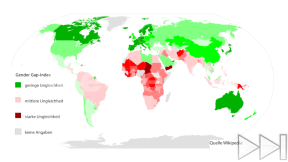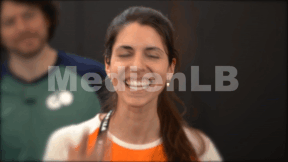 Informatik, Technology
Informatik, Technology


46505388 / 55506127
Informatik
Grundlagen der Codierung
Der Film beschreibt das Wesen der Codierung als Grundlage der Informatik. Beginnend mit der Geschichte der Codierung u.a. durch die Brailleschrift, stellt der Film die binäre Codierung der Computersprache von 0 und 1, den ASCII- und Strich- bzw. QR-Code vor. Erklärt wird exemplarisch die Umrechnung der Darstellung von dezimal in binär und umgekehrt. Ebenso geht er auf die Definition, Bildung und Nutzung von Algorithmen beispielsweise bei Internetrecherchen ein.
Play trailer

Curriculum-centred and oriented towards educational standards
Matching
Drogen und Computerspiele
Drogen machen sehr schnell abhängig und ziehen in einen Kreislauf aus Konsum, Verlust der sozialen Kontakte und sozialem Abstieg.
Gleichstellung der Geschlechter
„Männer und Frauen sind gleichberechtigt.“, so steht es im deutschen Grundgesetz in Artikel 3. Doch leben wir tatsächlich in einer geschlechtergerechten Gesellschaft? Wie hängen die Begriffe Gleichbehandlung, Gleichberechtigung und Gleichstellung zusammen? Wie kann die Gleichstellung der Geschlechter erreicht werden?

